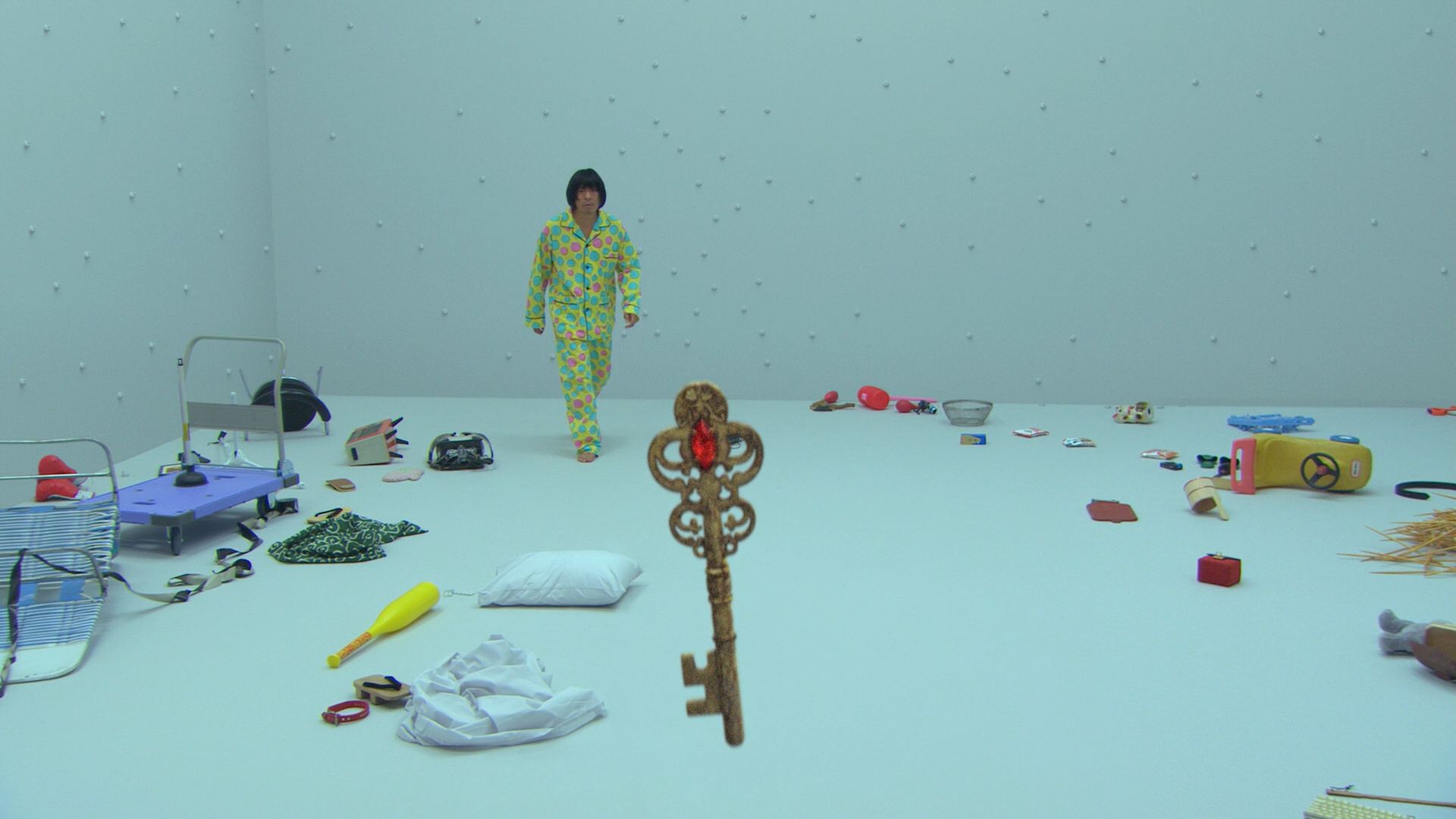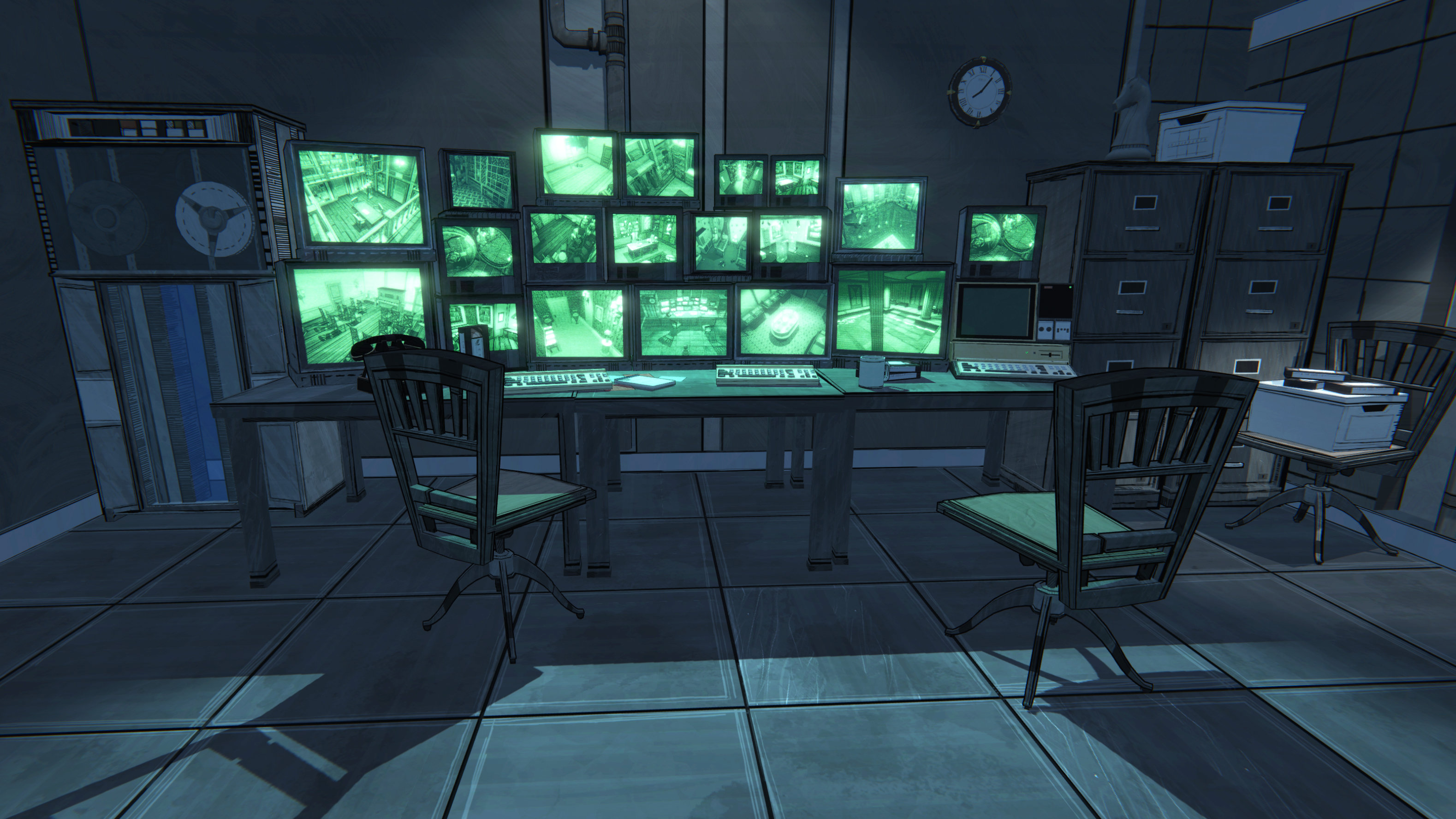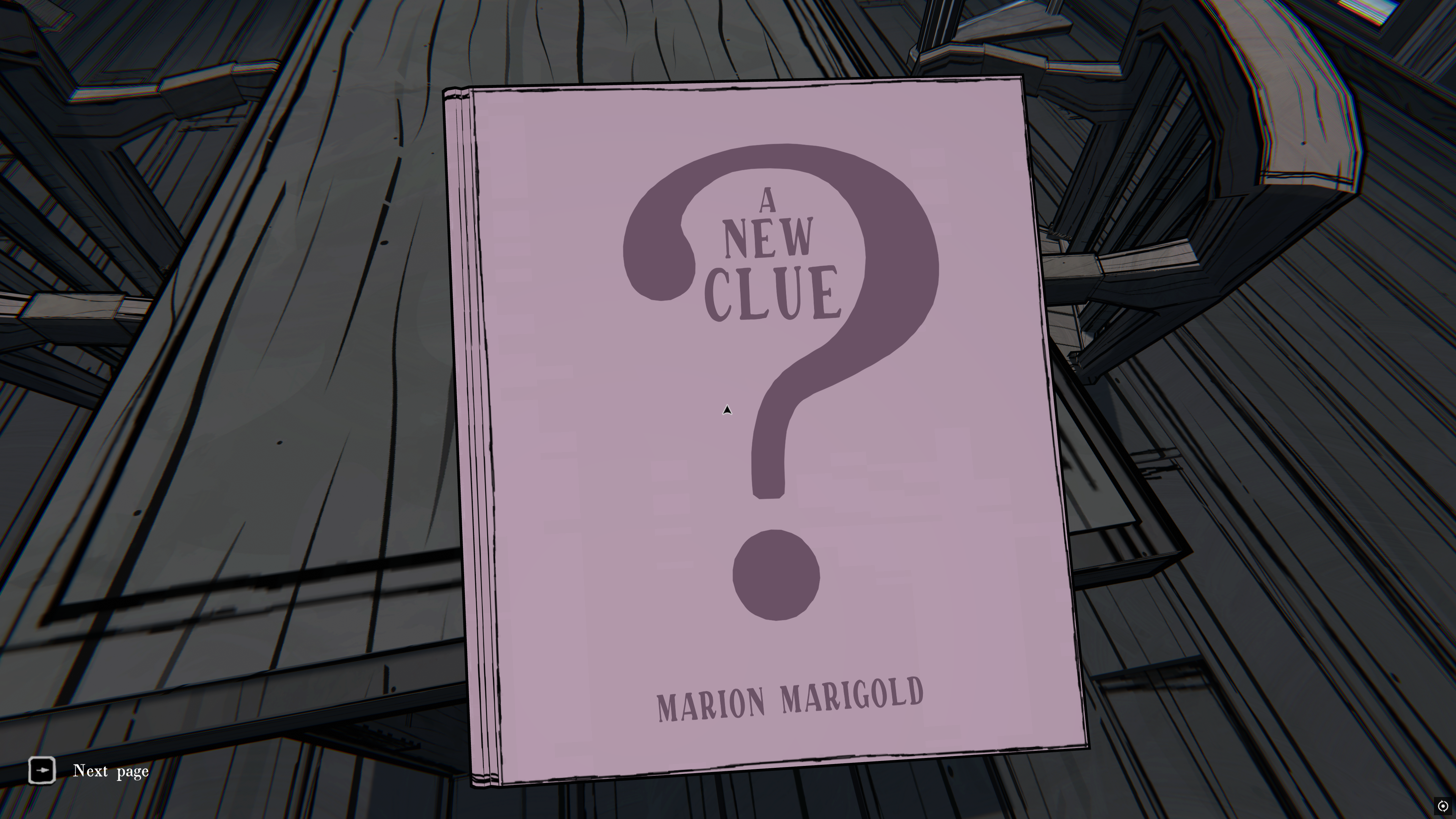After 162 hours I have finally “beaten” Blue Prince, or at least I think I have. I know that I have wrapped up the puzzles and discovered and solved the mysteries that are currently known to the public. After a brutal gauntlet that took an entire day, I reached a moment of catharsis that totally inverted my perception of the lore of the game’s world. And yet I’m left restless; many people are, and that’s by design. That’s because Blue Prince is a game that can make you have a mental breakdown.
Some light spoilers ahead.
Madness is baked into the structure of the game. Though Blue Prince has an immediate goal, namely getting to room 46, that is basically just the first chapter of the game. When you get to that final room, you realize that there are countless layers of puzzles still left unaccounted for, several mysteries still not solved.
It’s perfectly acceptable to play the game like a non-sicko, like my co-worker Riley, and will probably make you happier long term. But what elevates Blue Prince from a simply good game to a brilliant one is that it indulges your prodding. Countless times I have said “hey, what if I do this?” only to be vindicated with a reward or comical punishment. Every possibility has seemingly been thought of by the game developer, including a specialized end of day message if you clip through the geometry of the world (“Fall it a day,” the message reads). I have never seen a game more adept at slowly increasing the complexity of its puzzle design. Like a metaphorical frog being boiled, you don’t realize how far you’re in until it’s too late.
The ramp in difficulty has a tinge of punishment that I appreciate. While playing I was reminded of the 2009 Japanese absurdist comedy Symbol, in which a man wakes up in a blank room wearing clown pajamas. The walls are covered in angel penises, white like light switches, and every time he honks one “something” happens, often to his frustration and torment. His goal quickly becomes to escape the room, but every time he gains a foothold another barrier erupts to smack him down, breaking him mentally. Symbol’s director/actor Hitoshi Matsumoto is best known for being on the hit variety show Gaki No Tsukai, known for its infamous “Batsu games” like “No-Reaction Pie Hell” and “ 24-Hour Tag,” and that goofy, Looney Tunes sadism is infused in many of his films and shows. These are works about people inhabiting a space with arbitrary rules, and that space drives them to the brink of madness.

That playful flavor of the Japanese Batsu game exists to a certain degree in Blue Prince. At times, the game will set up an elaborate and sometimes tedious task that can only be gleaned contextually through certain somewhat opaque clues such as oblique ciphers and homonyms. After several hours a task will be completed, only for a new barrier between you and your goal to appear. One of them, which I will not spoil, was so comical that I ugly laughed to myself at two in the morning. Another challenge came on so suddenly and was so terrifying I started swearing. But this friction was so exhilarating that surviving it simply made me want more. Digging deeper into Blue Prince also rewards you with more and more tantalizing information about the world, more sordid yet cryptic details about your character’s family history as well as the history of the world.
The deeper you go, however, the more obtuse the messages become. Talking to a friend becomes vital, and there are some solutions that I would not expect a regular person to crack without some degree of hinting, although figuring them out organically without help feels exhilarating. And lest I paint Blue Prince as simply an exercise in sadism, the game is also quite good at giving you multiple methods of coming to a conclusion, even at the very end. There is a constant conversation happening between the developer and the player, but it’s also quite clear that Tonda Ros enjoys watching people sweat a little.

There are many potential offramps in Blue Prince, many stop signs where you can put the game down and say “I’m good.” You do not need to go beyond room 46. You can be satisfied with several other potential endings. But is that enough for you? Do you think that you’d be happy knowing there’s so much more of the world you haven’t seen? Do you think you “really” beat the game at that point, or would you prefer to see how deep the Sicko path goes? Over the course of more than 100 hours, the game slowly unveils layers of itself.
In pursuing the depths of what Blue Prince has to offer, the player becomes changed – trained to see everything, no matter how minute, as a clue. To get to “the end” is to become slightly unwell, like John Nash in the deeply mediocre yet iconic biopic A Beautiful Mind. And what makes the current “end” of the game so frustrating, despite being a perfectly fine conclusion, is that many clues, leads, and loose ends remain currently unresolved – including a central mystery of the game. I will admit that it is absurd to ask for more from a game I have dumped 162 hours into, but if that’s the end, it is a melancholic one. Leaving that many loose strings is either uncharacteristically lax from an otherwise meticulously planned game, a series of red herrings to drive the player base insane, or a sign that the game has not been beaten.
It is theoretically possible that there is, somehow, an entirely new sub-basement buried under all these clues that nobody has figured out yet. It is also possible that the key to whatever is next lies in a future update (the arcade game Dirigiblocks is slated to be added in a future update), although that feels out of character as well. But the game has been out for two weeks and people are usually adept at figuring these things out quite quickly. The community playing this game is also ravenous, and the most devoted among them are spiraling into madness as I write this. Perhaps the clues that remain are themselves less an indication of “more game” and more a puzzle about the world itself. If there is a new layer under all this, I will be absolutely floored.
It’s also possible that this is the end of the rabbit hole. Maybe no ending could ever satisfy the kind of players that the game has created and that it has trapped itself into a corner of anticlimax. Maybe there is a metatext here about puzzles and clues, about some mysteries tormenting you and clawing at you for your entire life, just out of reach.

There is a book in Blue Prince that can be bought at the Bookstore called A New Clue. It’s a children’s book about a detective who searches for clues, written by your character’s mother. It is a useful document in helping you crack the mystery of what comes next after you beat the first objective in the game. It is also a children’s book about a man being driven to madness trying to find solutions to mysteries, about his insatiable need for more clues. It is explicitly a book about the fictional writer’s son, but also you as a reader and player. “A man obsessed and a cuckoo too” the book says, portraying a disheveled, restless detective protagonist.
There is one other in-game document that continues to gnaw at me. It’s a note, deeply important in the lore of the game though its significance has not yielded any in-game progress, at least mechanically. Perhaps, like A New Clue, it is the key to depths and mysteries that have not been discovered yet. Or maybe it is telling the player exactly what this game really is about.
It is simply a spiral, one that you will see many times throughout the game in many forms. On the note, scrawled in a sleepless woman’s cursive, it simply reads “does it never end?” I honestly can’t say.



